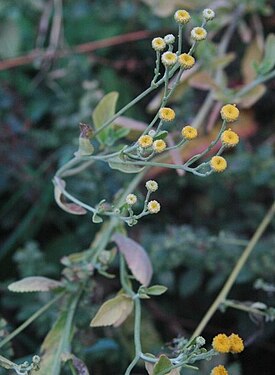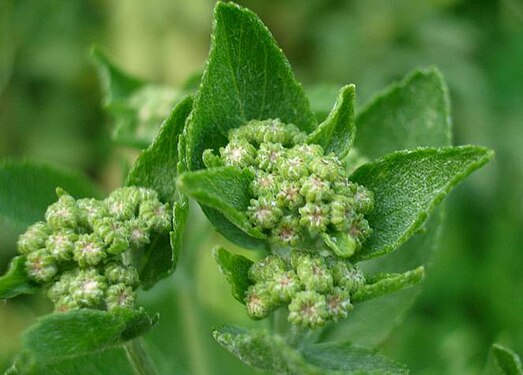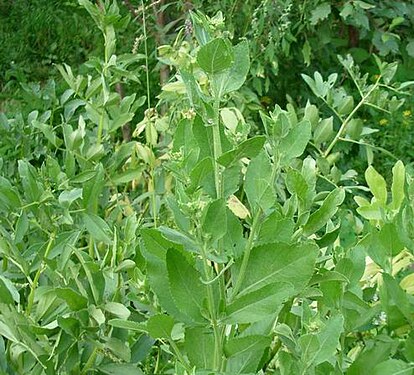Difference between revisions of "Tanacetum balsamita"
From Gardenology.org - Plant Encyclopedia and Gardening Wiki
Jump to navigationJump to search| Line 6: | Line 6: | ||
|common_name=Alecost, Costmary | |common_name=Alecost, Costmary | ||
|habit=herbaceous | |habit=herbaceous | ||
| − | | | + | |Max ht box=36 |
| − | | | + | |Max ht metric=in |
| − | | | + | |Max wd box=18 |
| − | | | + | |Max wd metric=in |
|lifespan=perennial | |lifespan=perennial | ||
|exposure=sun | |exposure=sun | ||
Latest revision as of 17:39, 18 April 2010
| Habit | herbaceous
| |
|---|---|---|
| Height: | ⇕ | 36 in"in" can not be assigned to a declared number type with value 36. |
| Width: | ⇔ | 18 in"in" can not be assigned to a declared number type with value 18. |
| Lifespan: | ⌛ | perennial |
| Bloom: | ❀ | early summer, mid summer, late summer, early fall, mid fall, late fall |
| Exposure: | ☼ | sun |
|---|---|---|
| Features: | ✓ | flowers |
| USDA Zones: | 6 to 10 | |
| Flower features: | ❀ | white |
|
L. > |
Tanacetum balsamita is a perennial temperate herb known as Costmary, Alecost or Balsam herb.
It has been grown for many centuries for its pleasant, slightly medicinal or balsamic smell. It was used in medieval times as a place marker in bibles. It is referred to by Culpeper and others as the 'Balsam Herb'. [1] Leaves of the plant have been found to contain a range of essential oils.
Cultivation
Propagation
Pests and diseases
Varieties
Gallery
References
External links
- w:Tanacetum balsamita. Some of the material on this page may be from Wikipedia, under the Creative Commons license.
- Tanacetum balsamita QR Code (Size 50, 100, 200, 500)




